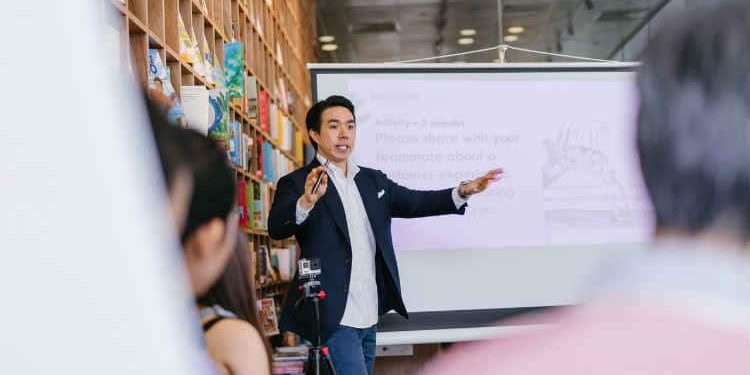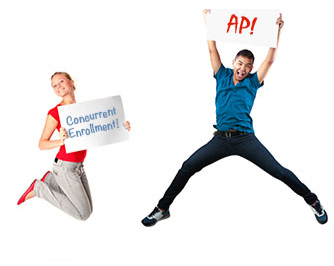Teacher Workload in the Face of COVID-19
The strike of COVID-19 caused our world to come to a sudden halt — businesses shut down nearly entirely, schools closed doors, and homes locked themselves down. Now that we are starting to see a soft opening in these norms, again — a resumption, if you will — it leaves a bigger question at hand: How do we go about opening the U.S. doors in terms of our schools, and is there a safer way to do it?
A mix of disapproval and dismay followed the announcement of Jordan School District’s plan to re-open their very own public schools for the 2020-21 school year. An article by Alyssa Roberts, a KUTV reporter, stated “[When] 1% of the student population at the school tests positive for COVID-19, the board will convene an emergency meeting to decide whether schedule changes should be made.” Later, she stated that a positive test result in 2% of the student population would necessitate for the school to be “shut down and moved exclusively to virtual learning for 14 days.” But, how, exactly, are the administration handling these massive changes in policy and personal instruction?
Aubrie Johnson, a teacher at Bingham High School has experienced the hardships that accompany these changes first hand. “We had a week of prep time before the students came back, where we learned a lot of the… basic procedures. So that was good,” she says. But on a separate note, perhaps the rest of the school year is not following the same pattern. “It feels like [the teachers] are just being pushed. The person that’s being overextended, at the end of this, it’s just not working out for. It’s just too much.”
Discussions amongst school board educators across the country have arisen in regards to the massive workload that teachers have been faced with this year. With the new implementation of the 20% assessment 80% assignment grading system in Bingham High School specifically, local educators are stretched thin between weighting the grading correctly, transferring materials on to their online platforms for quarantined students, and attempting to remain safe.
Similarly, we’re seeing this transfer of stress onto the students. “It’s a lot harder to talk to teachers through email because I don’t want to seem like I’m bugging them,” says Isabelle Nielsen, a student at Bingham High School that has been quarantined for a total of 4 weeks, during the first quarter, alone. She’s feeling the weight of this pandemic on not only herself, but the teachers as well. “It’s hard to ask for extensions on things or even when [assignments] are due.”
Perhaps the relationship between student and achievement can only be positively affected by a mend in the communicational climate between all educational roles; higher administration, educator, student and even parent.
“I wish we could change how we communicate about it. I think that we have a lot around what the count is… I don’t feel like that’s the conversation [to be had]. I think more of the conversation [should be] ‘How are you processing this? Are you able to learn in an environment where you feel completely uncomfortable? Where you can’t see each other’s faces?’” Johnson said. “Does that change your perception of school? Does that change how you interact with people at school?”
A shift in our educational focus is needed. Not necessarily to forsake our intentions to fix the obvious consequences, but make more intentional efforts towards finding the problems before they produce those consequences. Adopting a mindset of How will this affect us later, and How can we address those effects before they create bigger problems?
Perhaps the answers lie in simply acknowledging the obvious stresses and difficulties the educators are facing and making moves to lighten some of those stressors, and perhaps they also lie in, even more simply, opening the dialogue about it. Proposing a special attention to the work that teachers put into their students, a few more days of a teacher appreciation week, or perhaps, even a personalized thank you, by admin and student alike.




